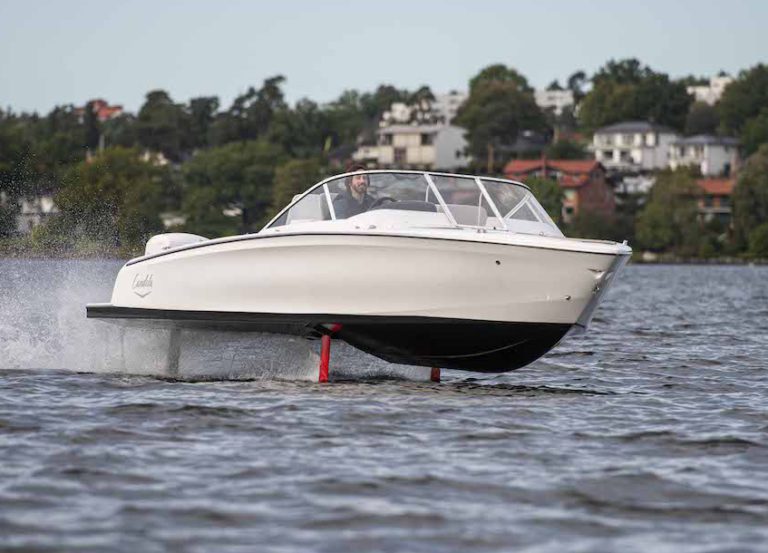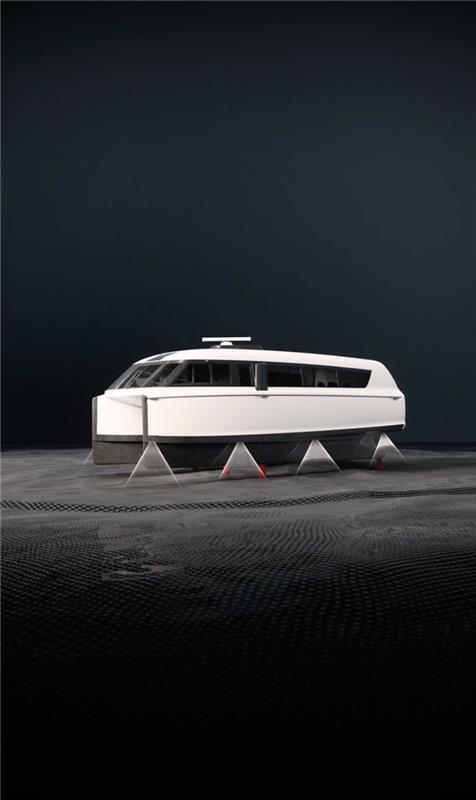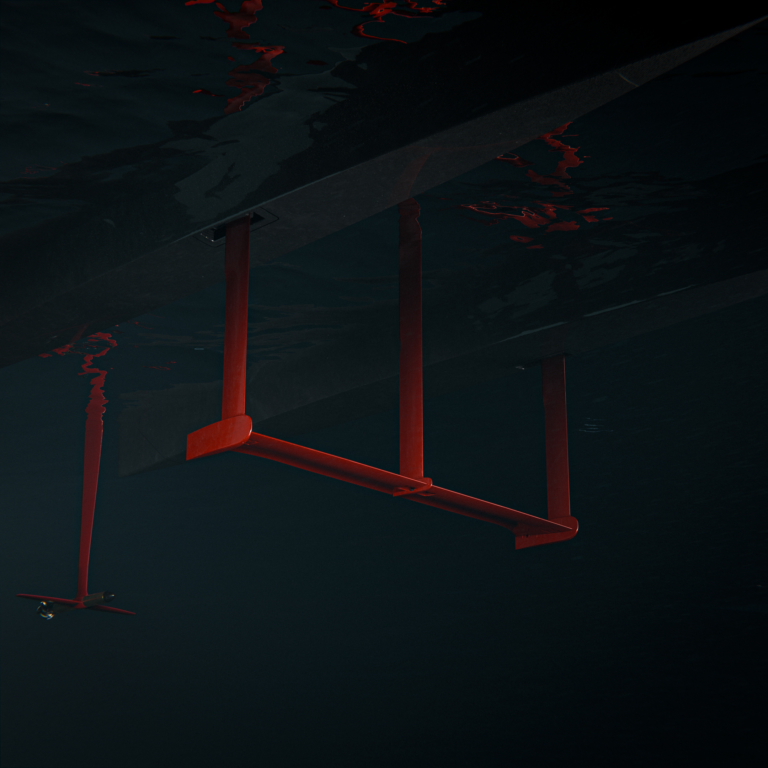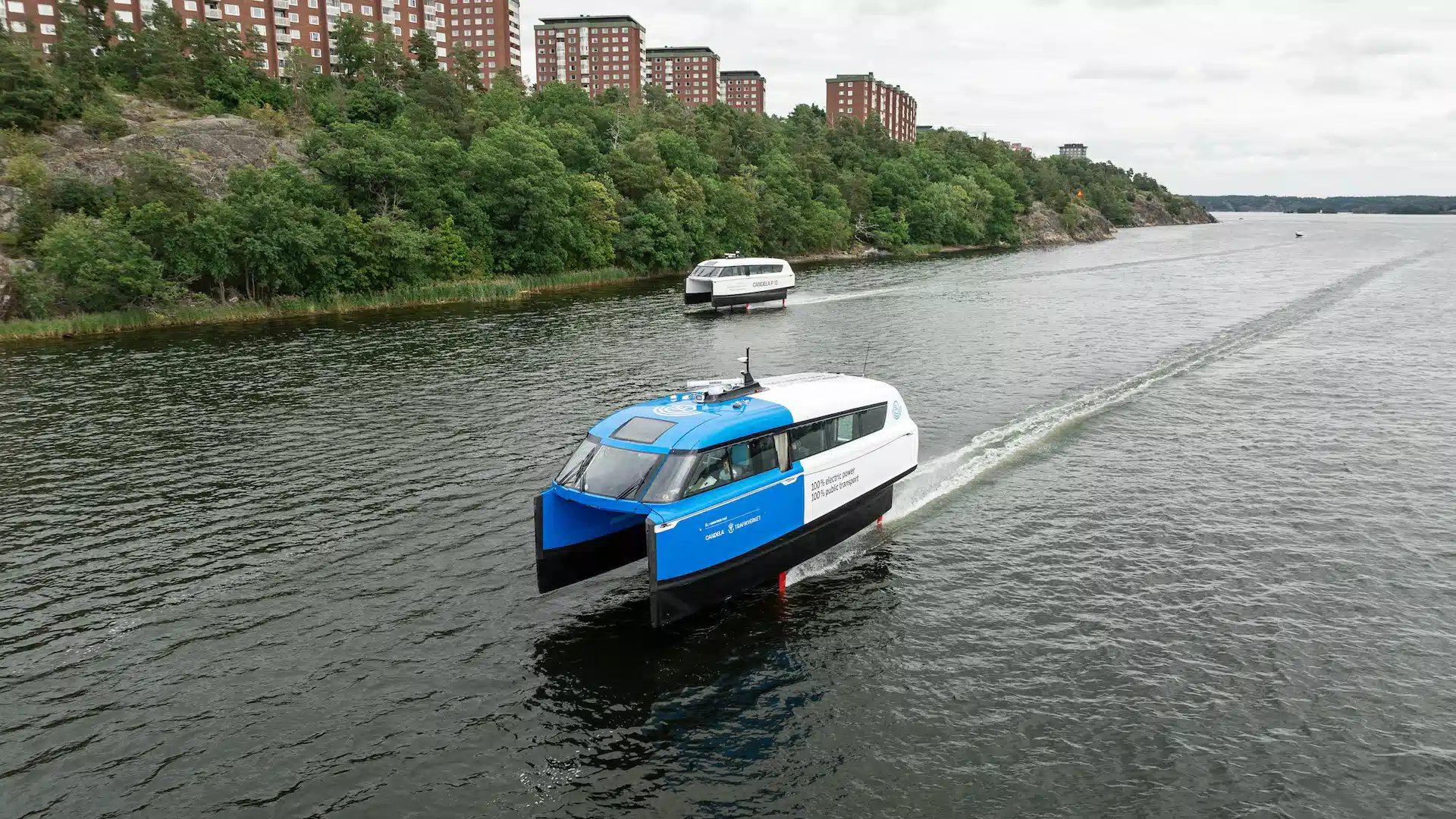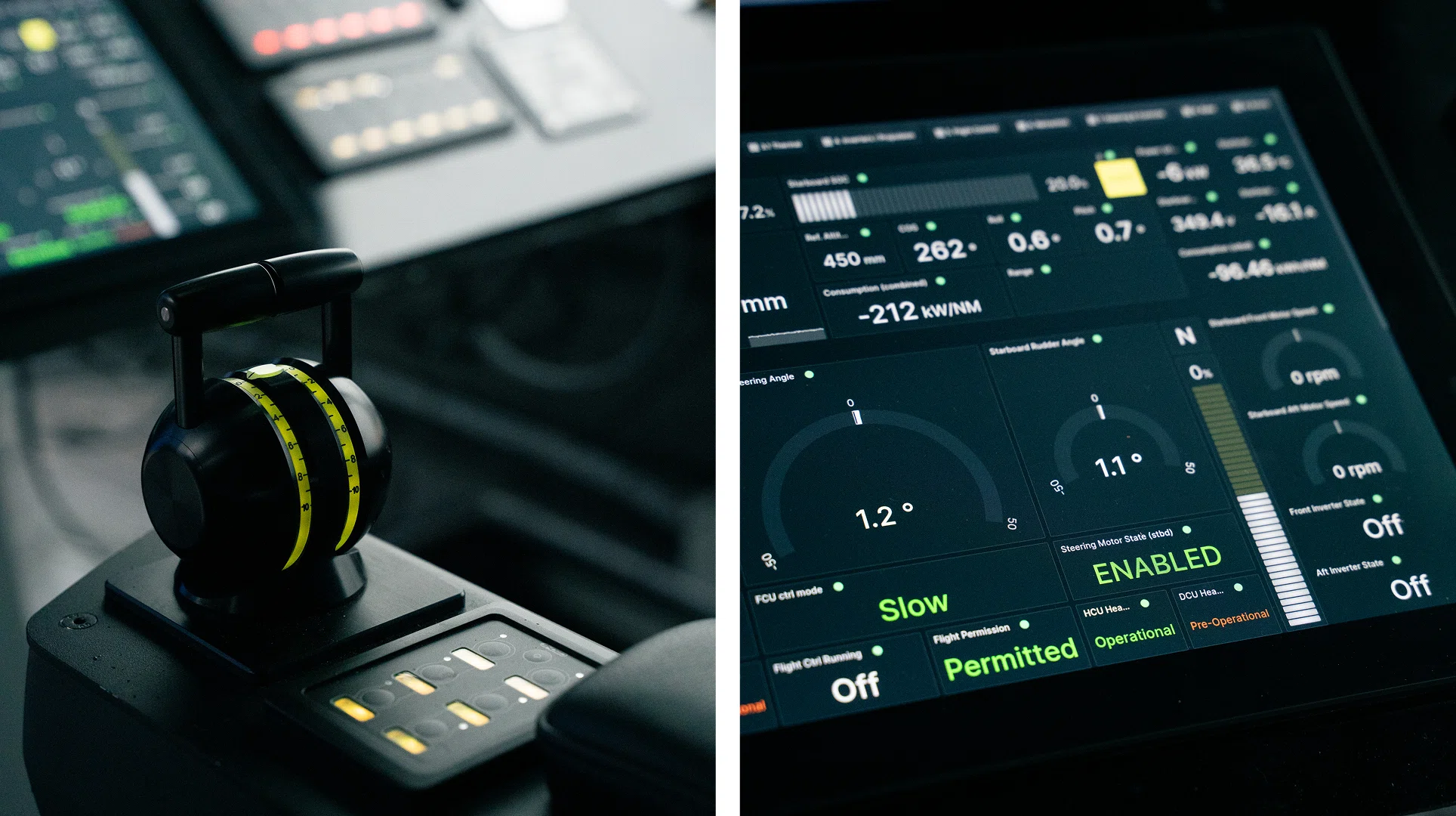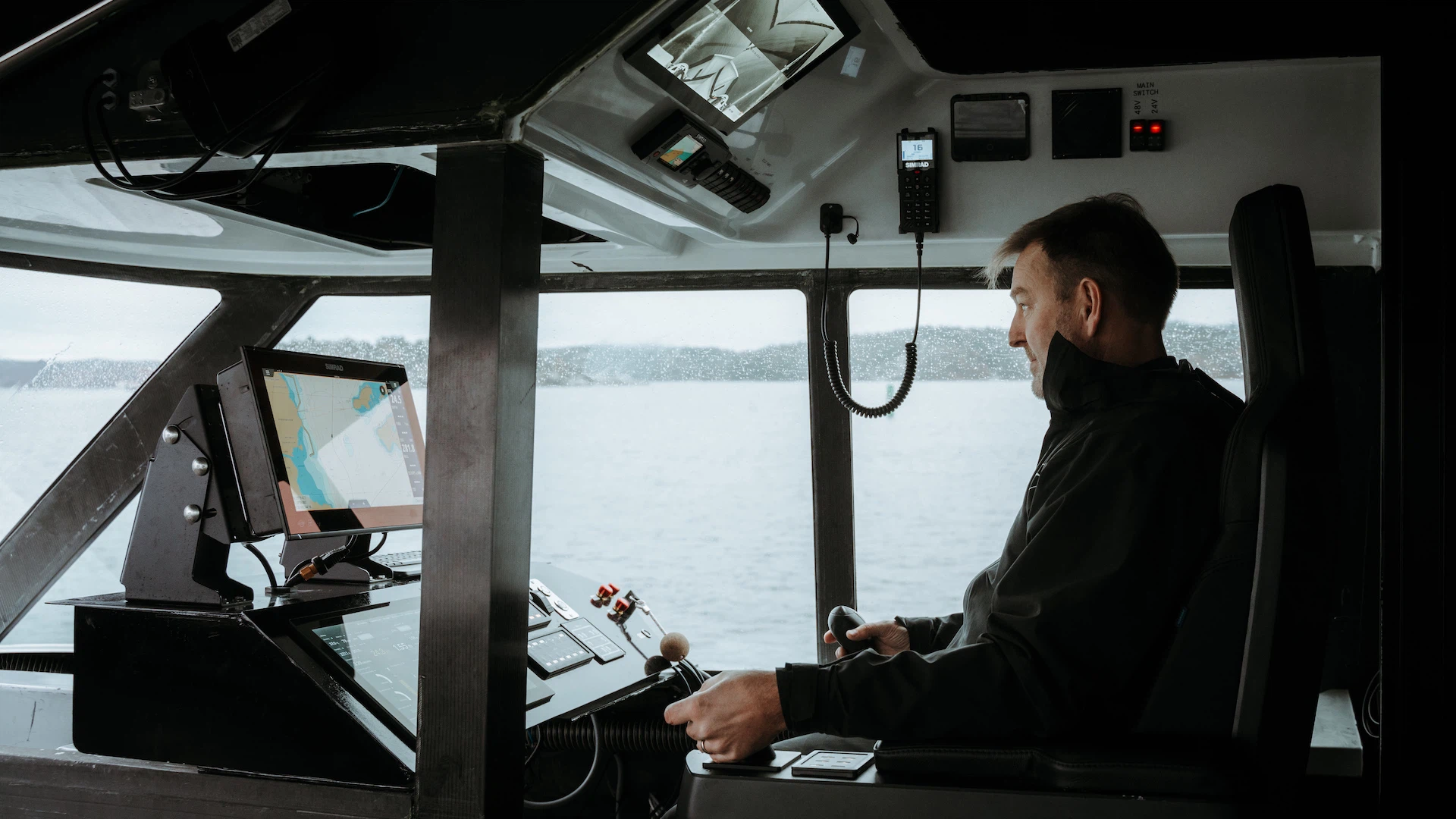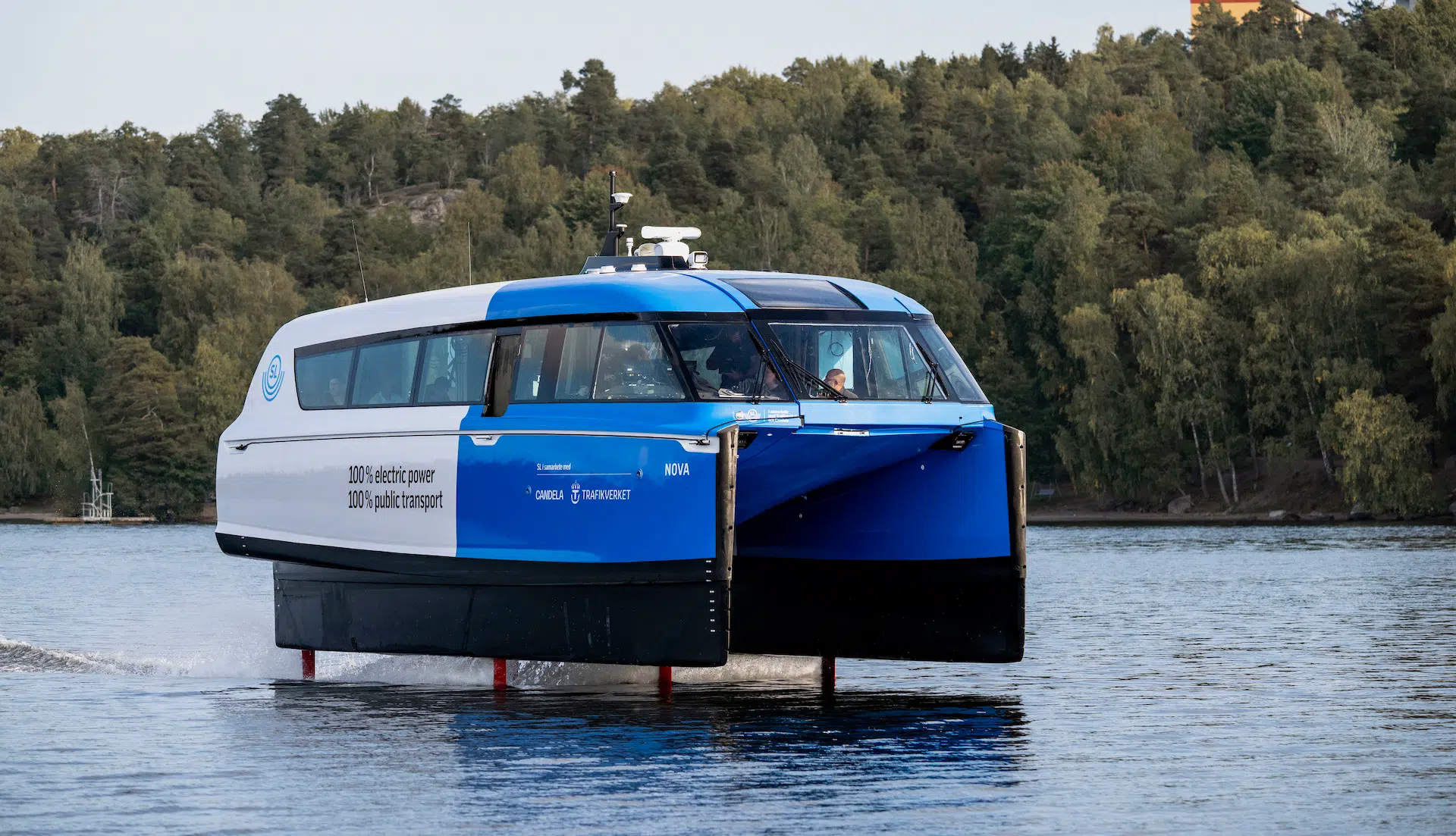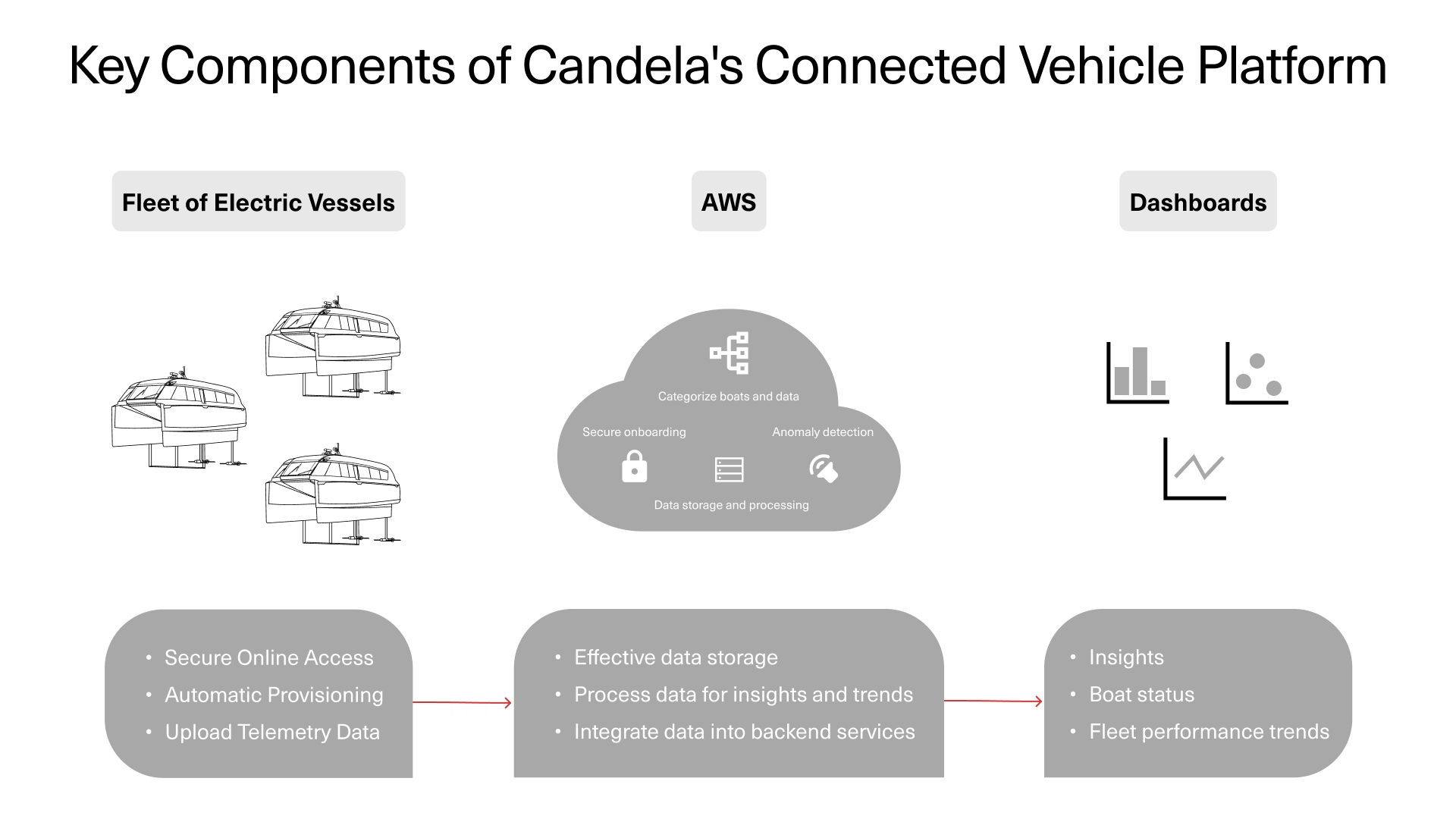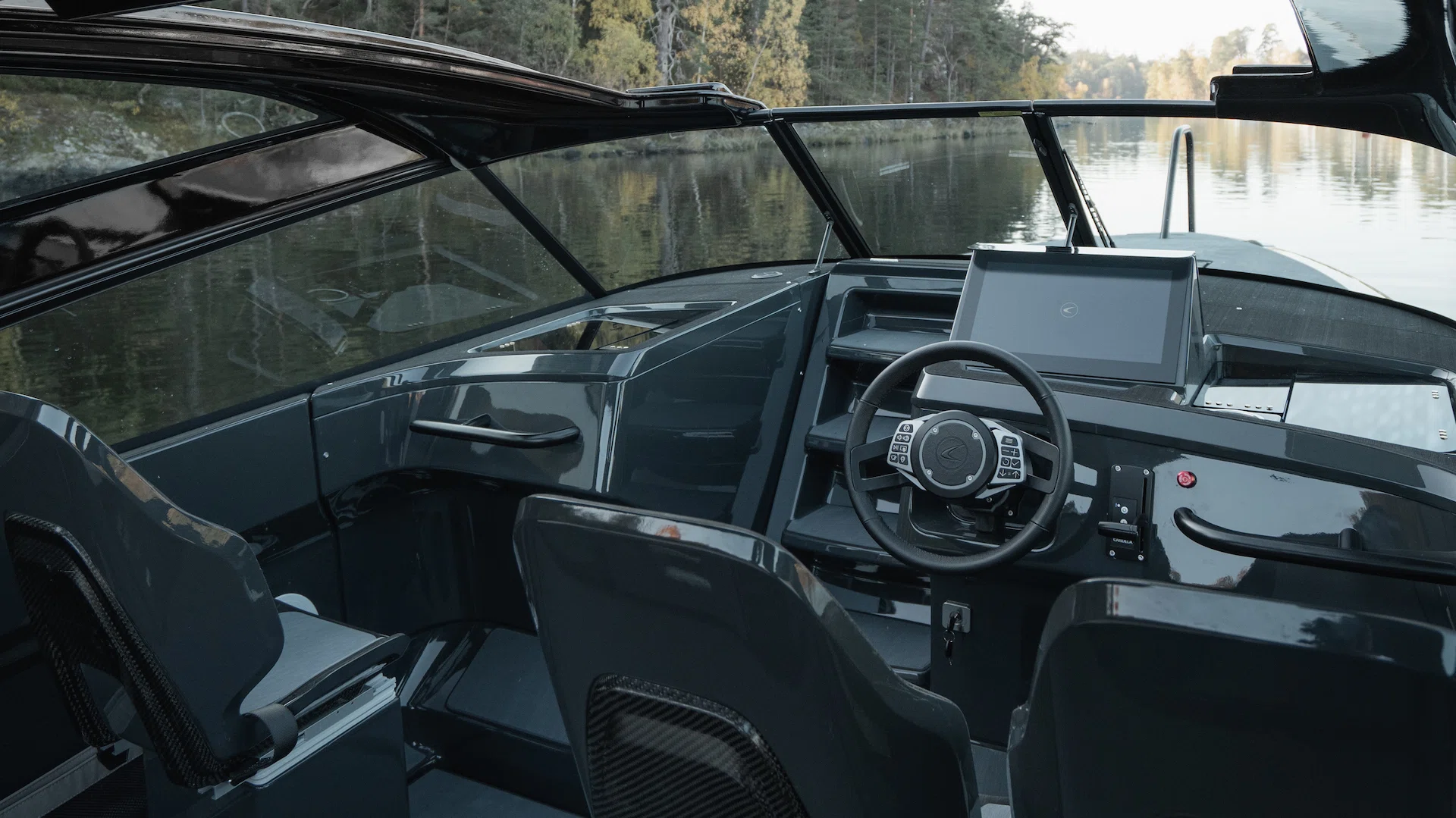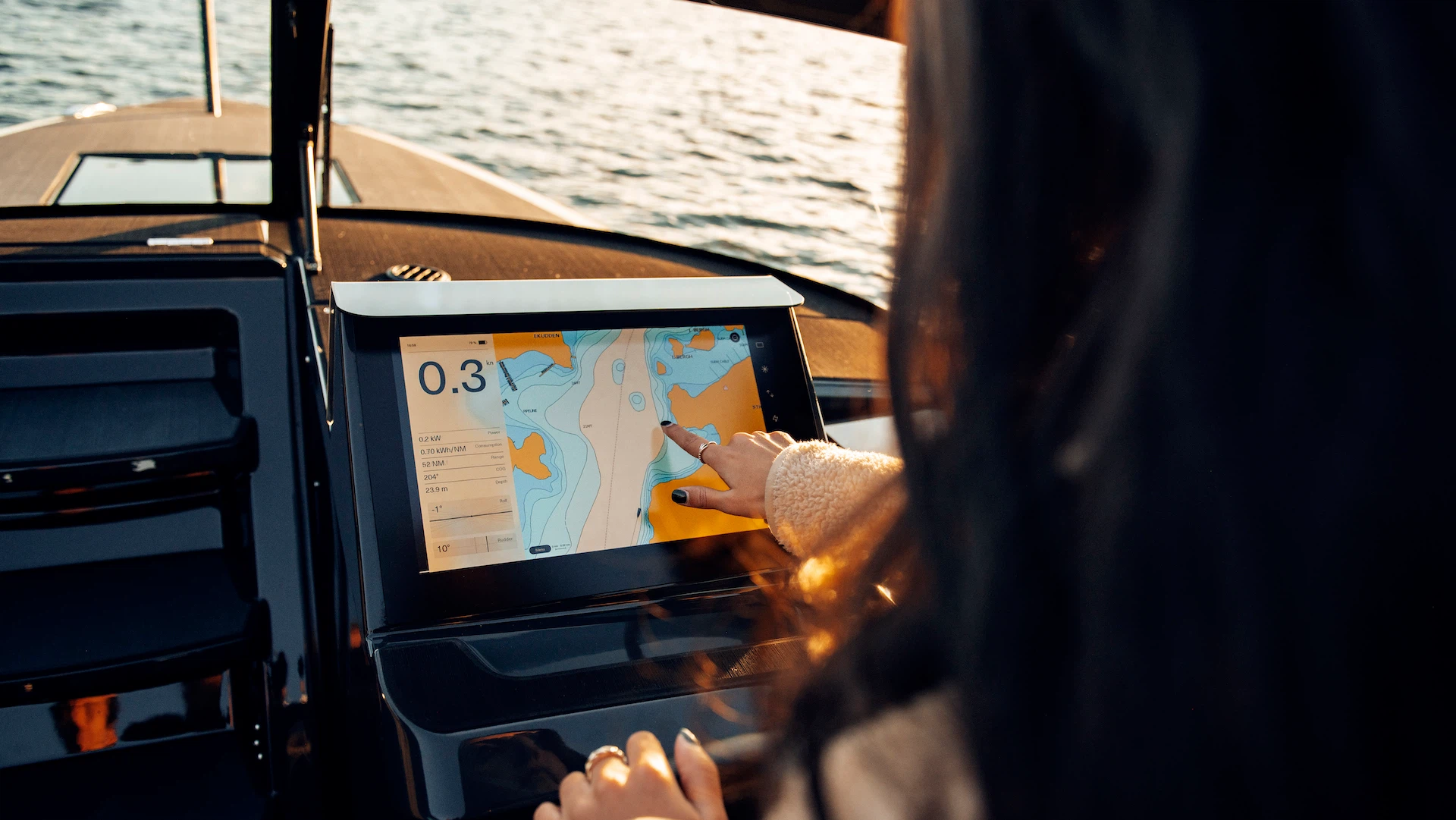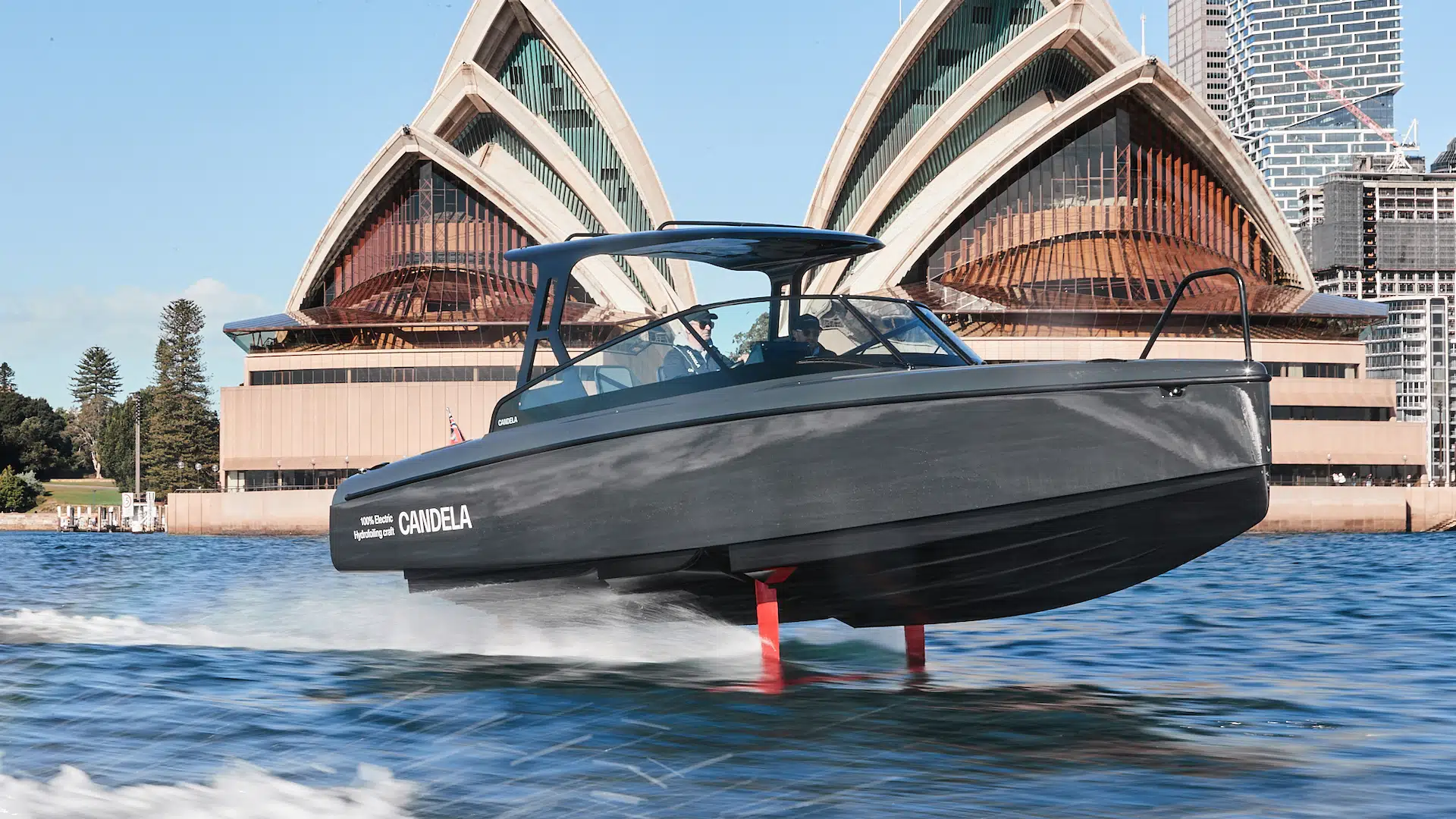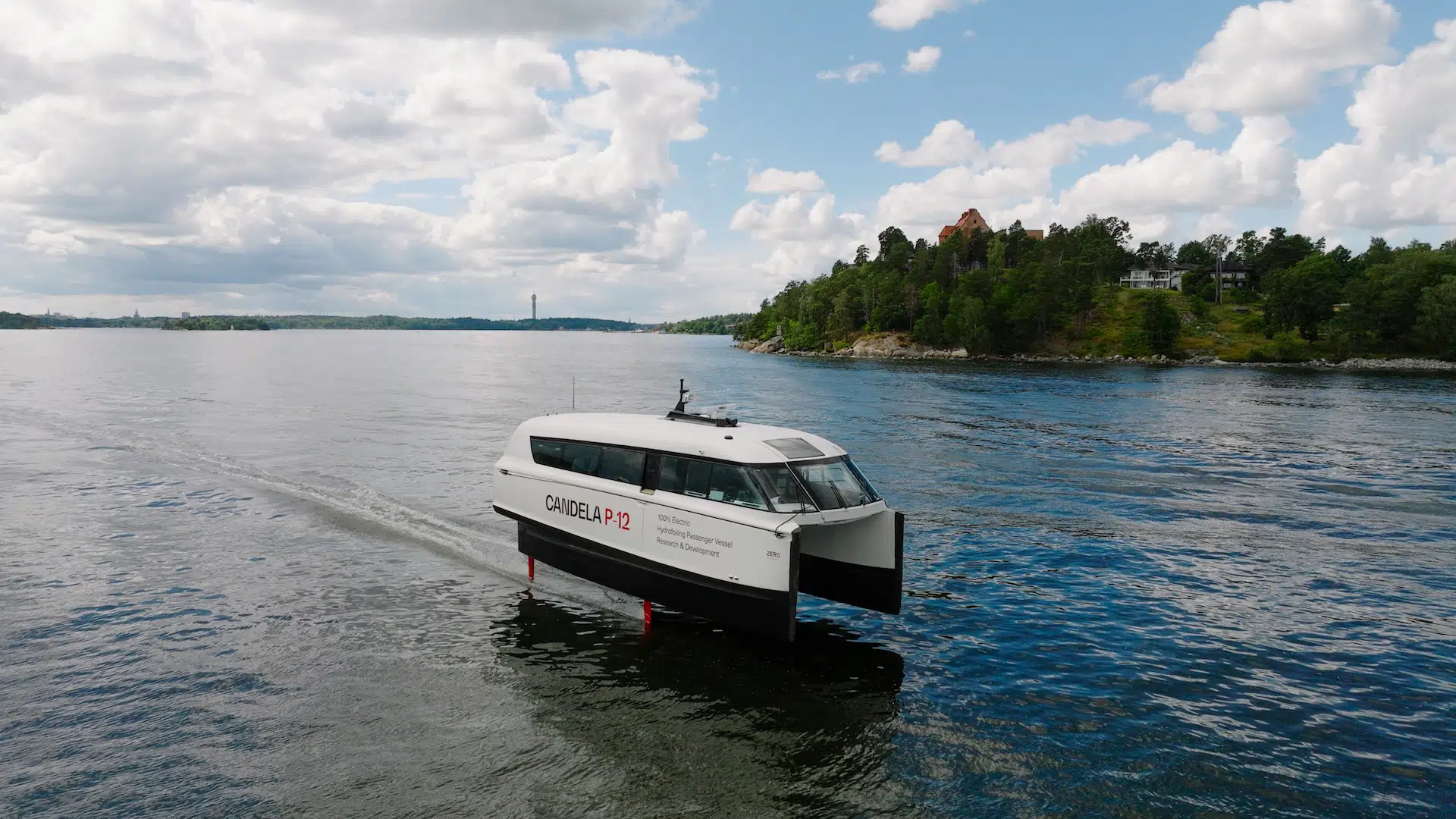What are connected electric boats?
They are vessels powered by electric propulsion that incorporate advanced data-driven technology. They utilize onboard sensors and cloud connectivity to monitor their performance and optimize operations.
How do connected electric vessels differ from traditional watercraft?
Connected electric vessels stand apart from traditional boats due to their electric drive systems, which are quieter, cleaner, and more efficient compared to fossil-fuel engines. The connectivity feature allows for real-time data analysis and predictive maintenance.
What benefits do connected electric boats offer?
They offer numerous benefits, including improved safety, optimized energy consumption, lower maintenance costs, and a superior user experience characterized by quieter and smoother rides.
How does Candela’s Connected Vehicle Platform (CVP) work?
Candela’s CVP functions by analyzing real-time data, which aids in remote management, predictive maintenance, and fleet provisioning, ensuring that operations are efficient, safe, and environmentally friendly.
What types of data do the onboard sensors collect?
The onboard sensors collect various types of data, such as engine status, GPS location, and battery status, sending this information to the cloud for continuous operational management.
How does cloud connectivity improve electric boat performance?
Cloud connectivity enhances the performance of electric boats by facilitating real-time data analysis, enabling predictive maintenance, and allowing for customized software updates that optimize energy use and improve the user experience.
Are connected electric boats environmentally friendly?
Yes, they are environmentally friendly as they operate without emissions, reduce noise pollution, and help maintain cleaner waterways.
What role does predictive maintenance play in connected electric boating?
Predictive maintenance is crucial in connected electric boating as it leverages data patterns to identify potential failures, thereby minimizing downtime and prolonging the lifespan of the vessel.
How can users monitor their electric boat’s performance?
Users can monitor their electric boat’s performance through dashboards powered by Grafana, which visualize key metrics and allow operators to make adjustments for optimal operation.
What does the future hold for connected electric watercraft?
The future for connected electric vessels appears bright, with ongoing technological advancements set to improve performance, safety, and the overall user experience. Developments in data analytics, artificial intelligence, and connectivity will create more efficient and sustainable boating options. As these technologies progress, these boats are likely to transform maritime travel and play a crucial role in achieving global sustainability objectives.
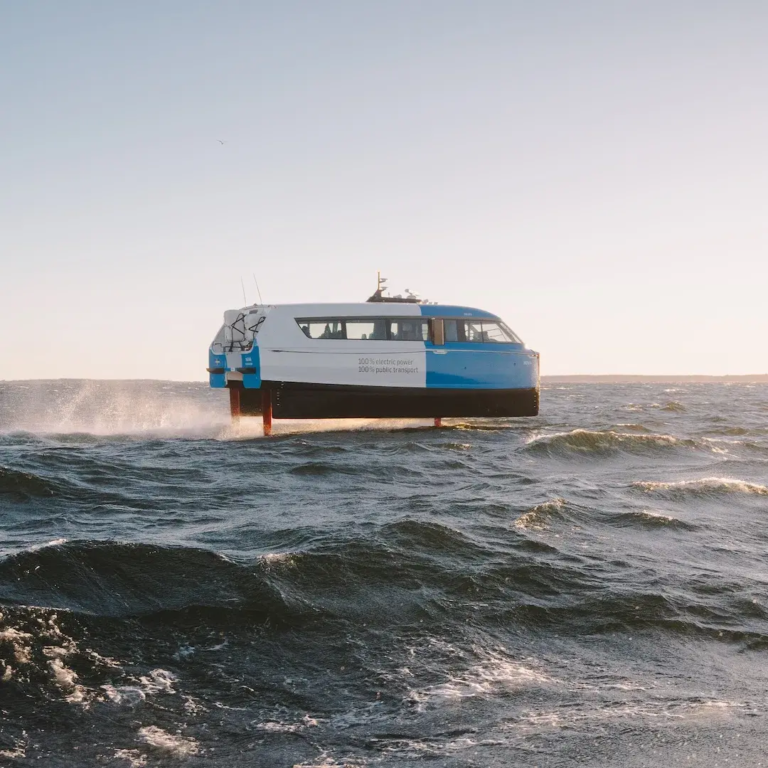 Overview
Overview 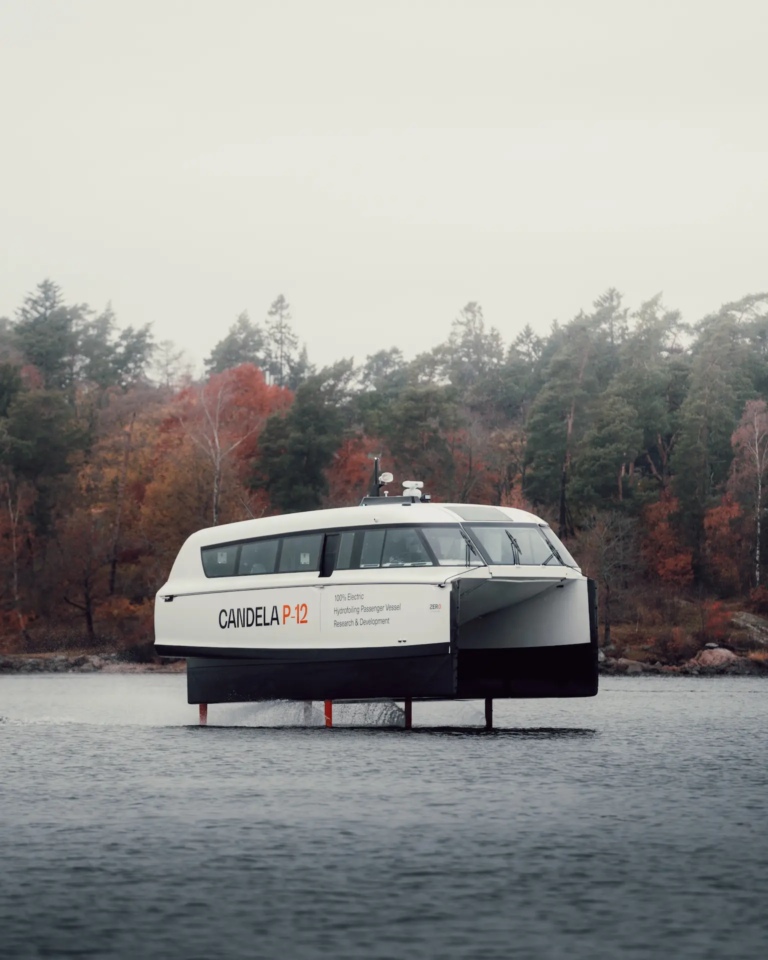 P-12 Shuttle
P-12 Shuttle 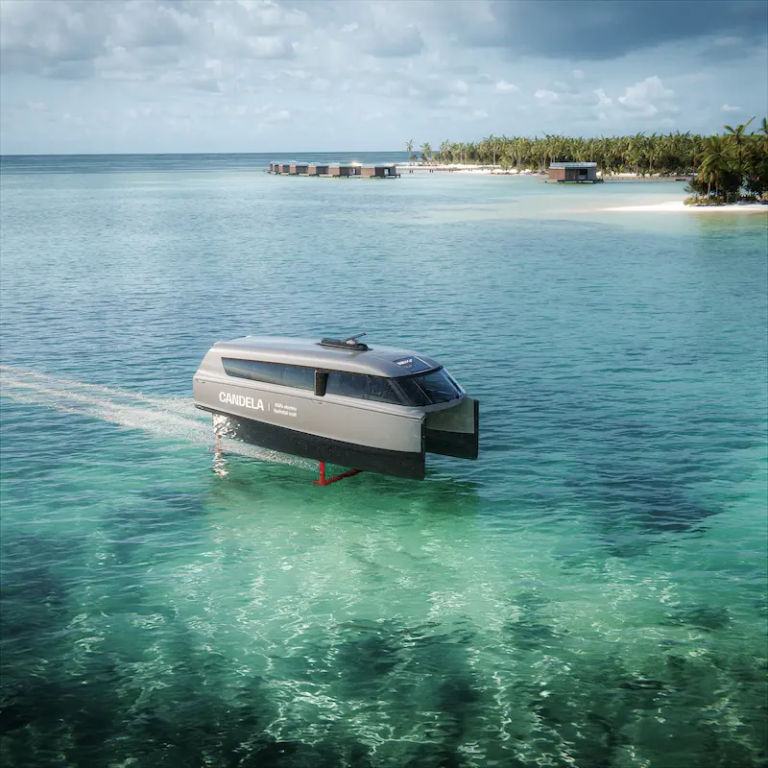 P-12 Voyager
P-12 Voyager 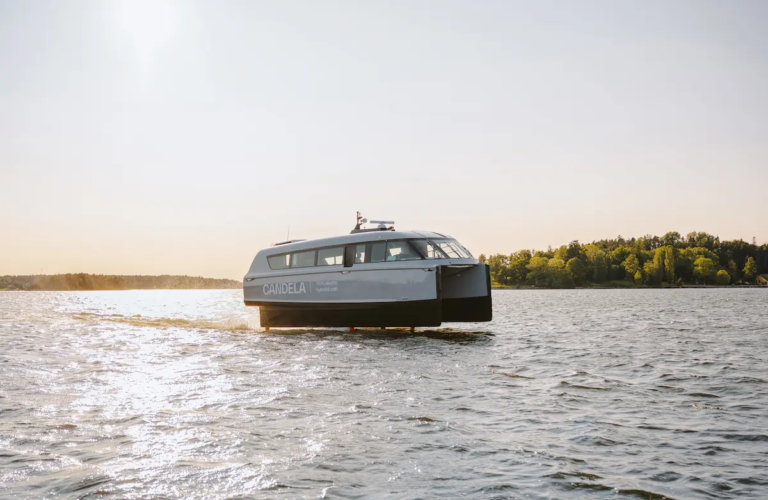 P-12 Business
P-12 Business 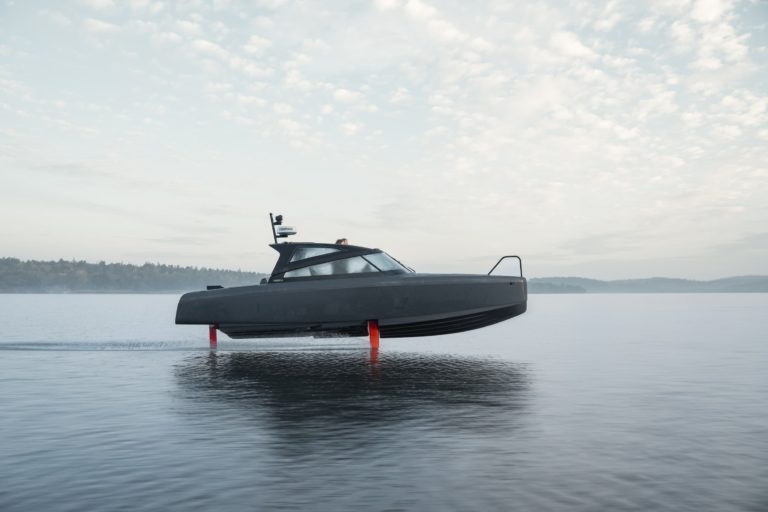
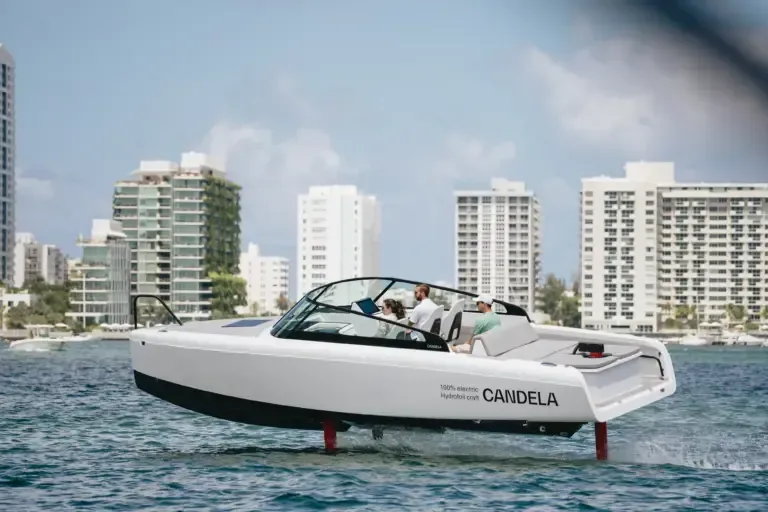 C-8
C-8 